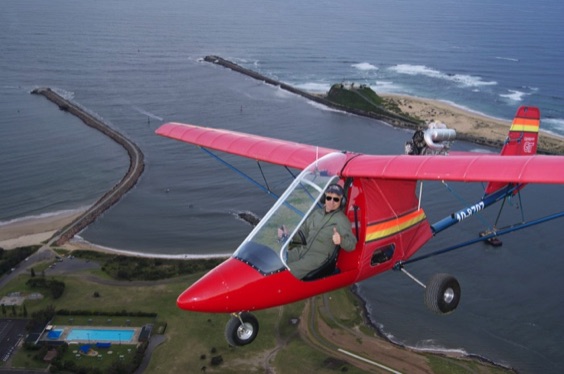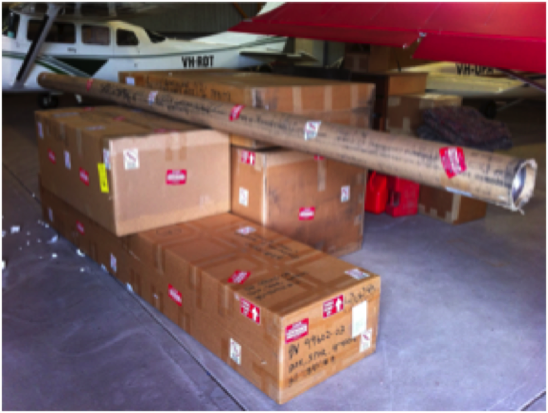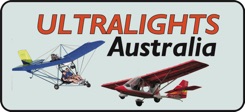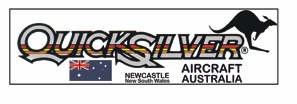Construction from the Boxes to the Test Flight
The following is a chronicle of me building a Quicksilver GT400 with the list of extras. After looking at updates available we have come up with a nice little package to enhance the GT400. Having built a couple of Quicksilver GT500’s and a Sport 2S this was new territory for me, having owned a GT400 in my early years of flying (which I bought assembled). So although it is a scaled down Quicksilver GT500 there are similarities but many differences, so I have decided to put these pages together so you can see how easy it is to build and fly your own Quicksilver ultralight. Quicksilver kits are ideal for the “average joe” to build their own aircraft. You do not need an engineering degree to put a Quicksilver kit together, the assembly manual is easy to follow, and very straight forward. All but a few parts are pre-drilled and ready to assemble. It is not unlike the old “Meccano set”. Some sections are already pre-assembled. When you are finished you will have the satisfaction of building your own aircraft, and more importantly you will know every last nut and bolt that keeps you in the air. The aircraft can also be supplies as a factory built. Once assembled, you would, of course, get it checked out by an aircraft inspector before getting it registered.
THE JOURNEY BEGINS
We started with the shipment arriving from the Sydney docks after spending a few weeks on the ocean from LA.
This page is dedicated to the construction of the GT400, but the principles are the same for the GT500 and Sport 2S and MX series.



